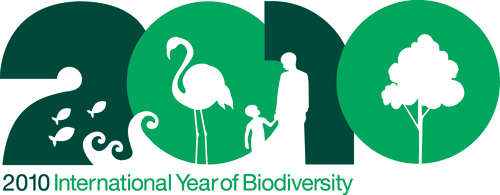The International Year of Biodiversity (2010) had the theme ‘Biodiversity is life, Biodiversity is our life‘. My articles in the Home Education Network‘s quarterly magazine Otherways aimed to encourage observations and caring for living things from experiences in gardens locally.
In 2010, Let’s_go_to_ the Creek began the series with my poem that encapsulates the key aspects of environmental education and continues on to examine the educational rationale and curriculum aims for environmental education in Australia and Victoria and how home educators may utilise these ideas.
It was followed by the first article of activities, suggesting biodiversity activities that could be done in a backyard garden, Biodiversity_in_our_garden.
The second article Building_skills_by_garden_investigations followed on with the garden suggesting that the observations from the backyard could be used further for recording, researching, action and sharing of knowledge by many means including art, and photography. There were examples of photo identification cards and a photo quiz based on Wilson’s Promotory.
The third article looked at Biodiversity from its Complexity_ and_ change. For complexity, there is the variety of life forms, different ways to investigate and record food chains and food webs, and the importance of repeated observations to notice change. Some common changes in the middle of the year were ripe for investigating- autumn leaves, bulbs popping up, flies disappearing and frogsong after rains. There are links to useful websites and, for older students, issues of the management of River Red Gum Forests on an online simulation. For younger children, there were descriptions of how to do three simple experiments that show growth and the needs for water and light and encouragement to plant a vegie garden and monitor it for the changes it creates.
The concluding article for 2010, newcomers_invaders_losses_&_action is inspired by Spring with its many changes to the living things in the garden . Some species are newcomers, (frogs, pobblebonks and locusts), some are also invaders (the sources of the diversity of our vegetables, the story of cane toads and Cape Weed, locusts). These often lead to losses (some bush tucker plants, ‘what if?’ questions about farming kangaroos instead of sheep, extinctions). As well as many questions that can be asked about each species, there are suggested websites for good information or other activities. Finally the UN’s IYB list of goals (3 Discoveries) and the CBD’s acrostic Biodiversity list of actions are presented for reflection
return to Otherways series or go on to other 4 learning articles

